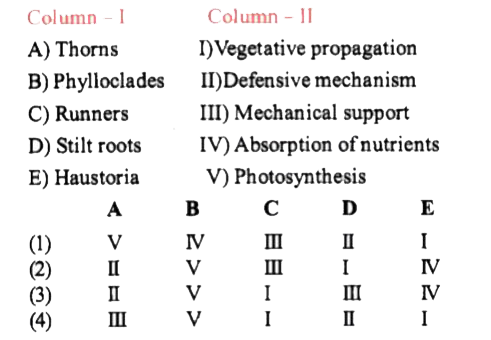Match the method of concentration of the ore in column I with the ore in column II and select the correct altemate.
Column IColumn II(a)Leaching.(p) Copper pyrite(b)Calcination.(q) Siderite.(b)Froth floatation(r) Bauxite.(d)Magnetic separation.(s) Chromite.
A
(a)(b)(c)(d)sqpr
B
(a)(b)(c)(d)rqps
C
(a)(b)(c)(d)pqrs
D
(a)(b)(c)(d)qrps
Video Solution
Text Solution
The correct Answer is:2
(a) Bauxite is leached with NaOH[ concentration ) to form soluble Na[Al(OH)4] complex and insoluble impurities are fittered off.
(b) Carbonate and hydroxide ores are heated in absence of air below their metling point to convert in to their oxides in reverberatory furnace. This is called calcination . So siderite,FeCO3 is subjected to calcination.
(c) This method is commonly used for the concentration of the low grade sulphide ores like galena, PbS( ore of Pb), copper pyrites CuFeS2( ore of copper ) , zinc blende, ZnS( ore of zinc ) etc., and is based on the fact that gangue and ore particles have different degree of wettability with water and pine oil, the gangue particles are preferentially wetted by water while the ore particles are wetted by oil.
(d) Chromite or (FeO.Cr2O3)having magnetic properties is separated from non−magnetic silicious impurities by magnetic separator.
|
Topper's Solved these Questions
- TEST PAPERSBOOK - RESONANCECHAPTER - TEST PAPERSEXERCISE - PT-06
30 Videos
- TEST PAPERSBOOK - RESONANCECHAPTER - TEST PAPERSEXERCISE - FST 01
30 Videos
- TEST PAPERSBOOK - RESONANCECHAPTER - TEST PAPERSEXERCISE - PT-04
30 Videos
- SIMPLE HARMONIC MOTION BOOK - RESONANCECHAPTER - SIMPLE HARMONIC MOTION EXERCISE - Advanced Level Problems
13 Videos
- TEST SERIESBOOK - RESONANCECHAPTER - TEST SERIESEXERCISE - PHYSICS
127 Videos
Similar Questions
Knowledge Check
Match the method of concentration of the ore in column I with the ore in column II and select the correct alternate:
 AX→a,Y→b,Z→cBX→b,Y→a,Z→cCX→c,Y→a,Z→bDX→b,Y→c,Z→a
AX→a,Y→b,Z→cBX→b,Y→a,Z→cCX→c,Y→a,Z→bDX→b,Y→c,Z→aMatch the terms in column I with column II and select the correct option :
 AA−4,B−1,C−2,D−3BA−2,B−1,C−4,D−3CA−4,B−1,C−3,D−2DA−2,B−3,C−4,D−1
AA−4,B−1,C−2,D−3BA−2,B−1,C−4,D−3CA−4,B−1,C−3,D−2DA−2,B−3,C−4,D−1Match column I with column II and select the correct option.
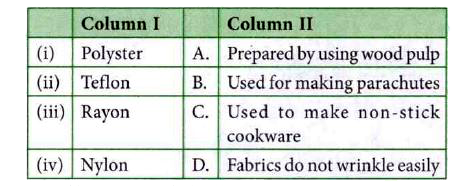 A(i)-D, (ii)-C, (iii)-A, (iv)-BB(i)-A, (ii)-B, (iii)-C, (iv)-DC(i)-D, (ii)-B, (iii)-A, (iv)-CD(i)-A, (ii)-C, (iii)-D, (iv)-B
A(i)-D, (ii)-C, (iii)-A, (iv)-BB(i)-A, (ii)-B, (iii)-C, (iv)-DC(i)-D, (ii)-B, (iii)-A, (iv)-CD(i)-A, (ii)-C, (iii)-D, (iv)-B
Match the column I with column II and select the correct option.
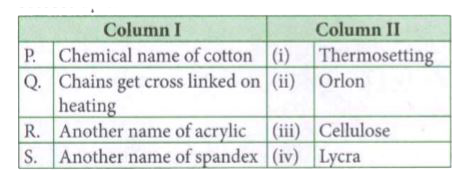
View SolutionMatch the items of column I with column II and select the correct option:
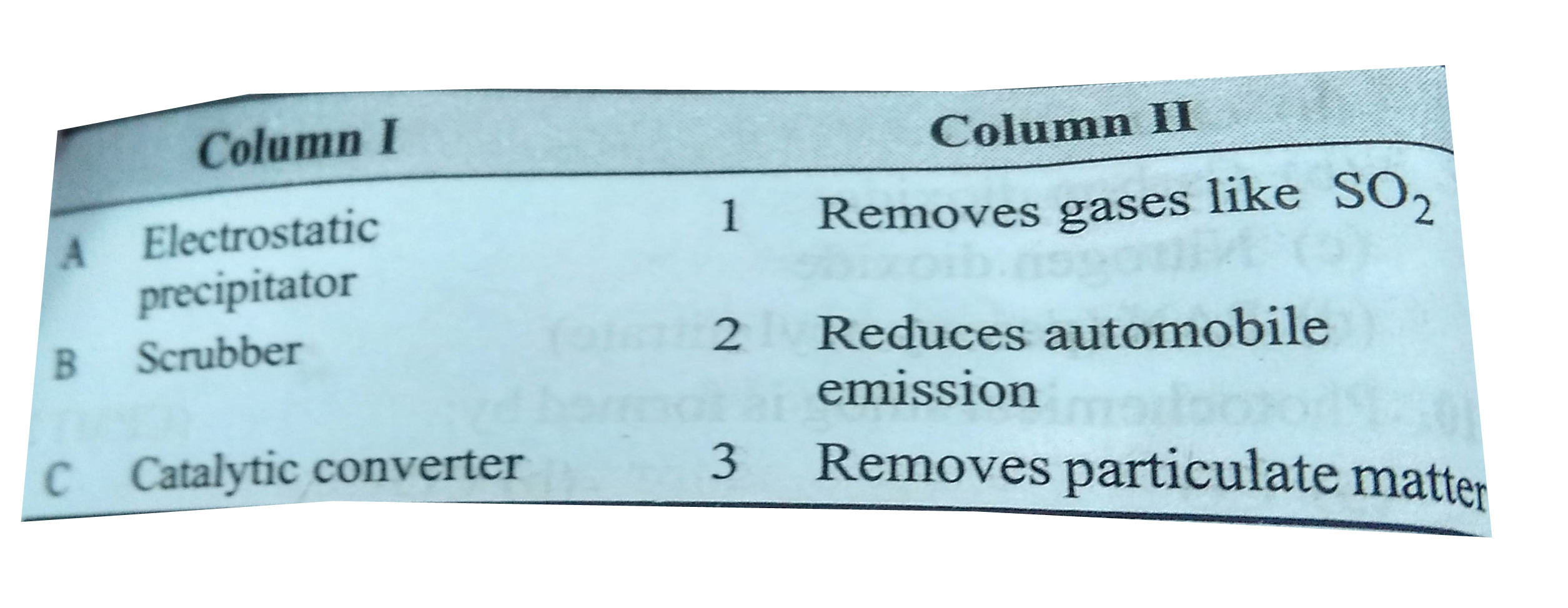
View SolutionMatch the column I with column II and select the correct option.
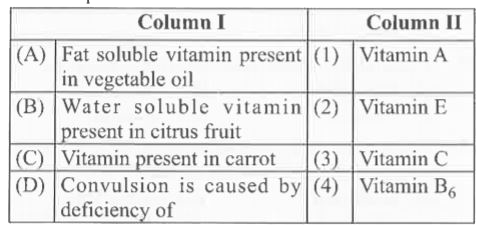
View SolutionMatch column -I with column-II and select the correct option :-

View SolutionMatch column I with column II and select the correct option.
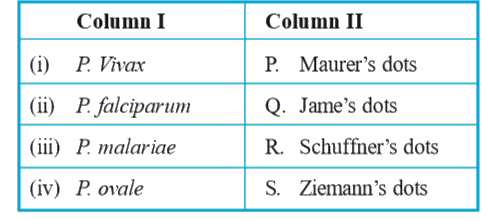
View Solution


